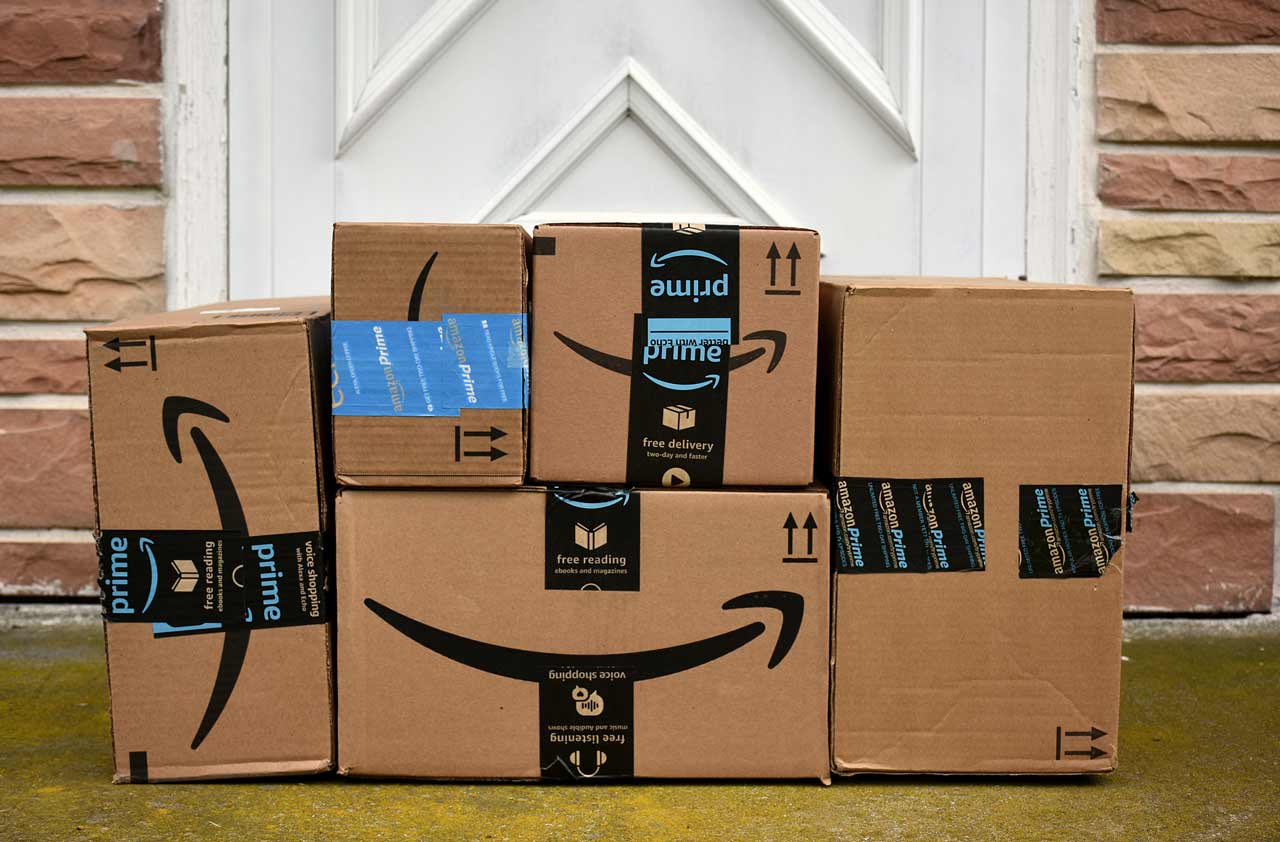

Prime Day 2017 saw Amazon increase sales by 60% over the previous year — equating to $2.9B in one-day sales alone. For some categories (such as floor care and computer drives), Prime Day delivered a bigger sales boost than Christmas.
“Fabricated” online shopping events like Prime Day are proven to drive significant spikes in traffic and sales volume during times of the year that historically may not have been seasonal peaks.
This year, Prime Day 2018 promises to be another massive sales event for Amazon, with Jeff Bezos recently disclosing it has more than 100 million Prime members worldwide.
With two months to go until the event kicks off (anticipated to start on July 9 – with pre promotions expected to begin even earlier), we reveal our top five takeaways from 2017 to help you plan for success.
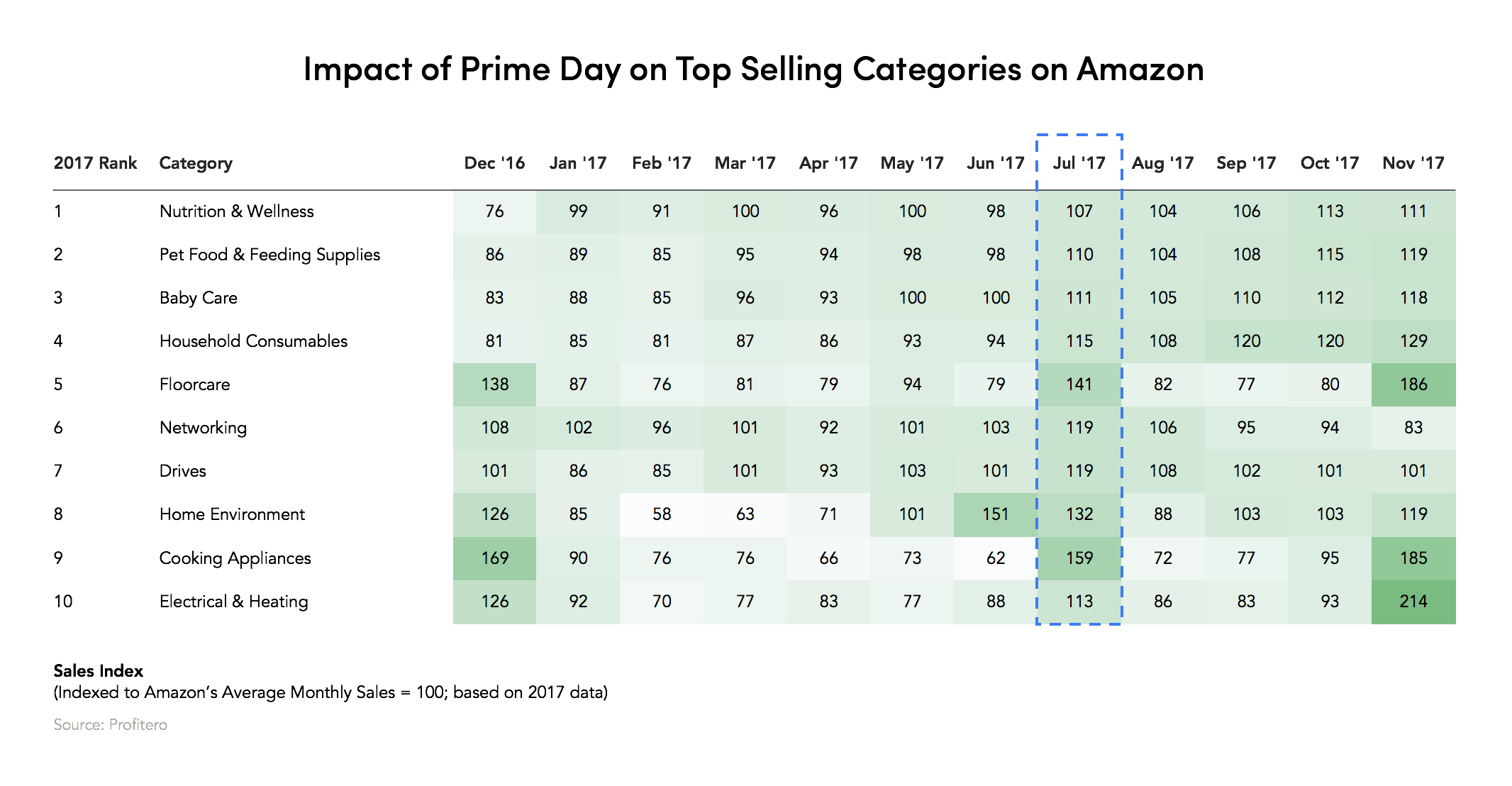
1. Lightning deals: not the only profitable opportunity during Prime Day
We reviewed almost 200 products that were on promotion during Prime Day 2017, grouped by volume: high volume (with average daily sales of $4,000) and low volume (average daily sales of $400).
Our analysis reveals that themed discounts (i.e. category promotions that require a minimum spend on a specific item) yielded a slightly larger sales lift than direct discount promotions — at least for high-volume products.
So this year, don’t limit yourself to Lighting Deals only: category-wide promotions are also proven to be an effective promotional vehicle.
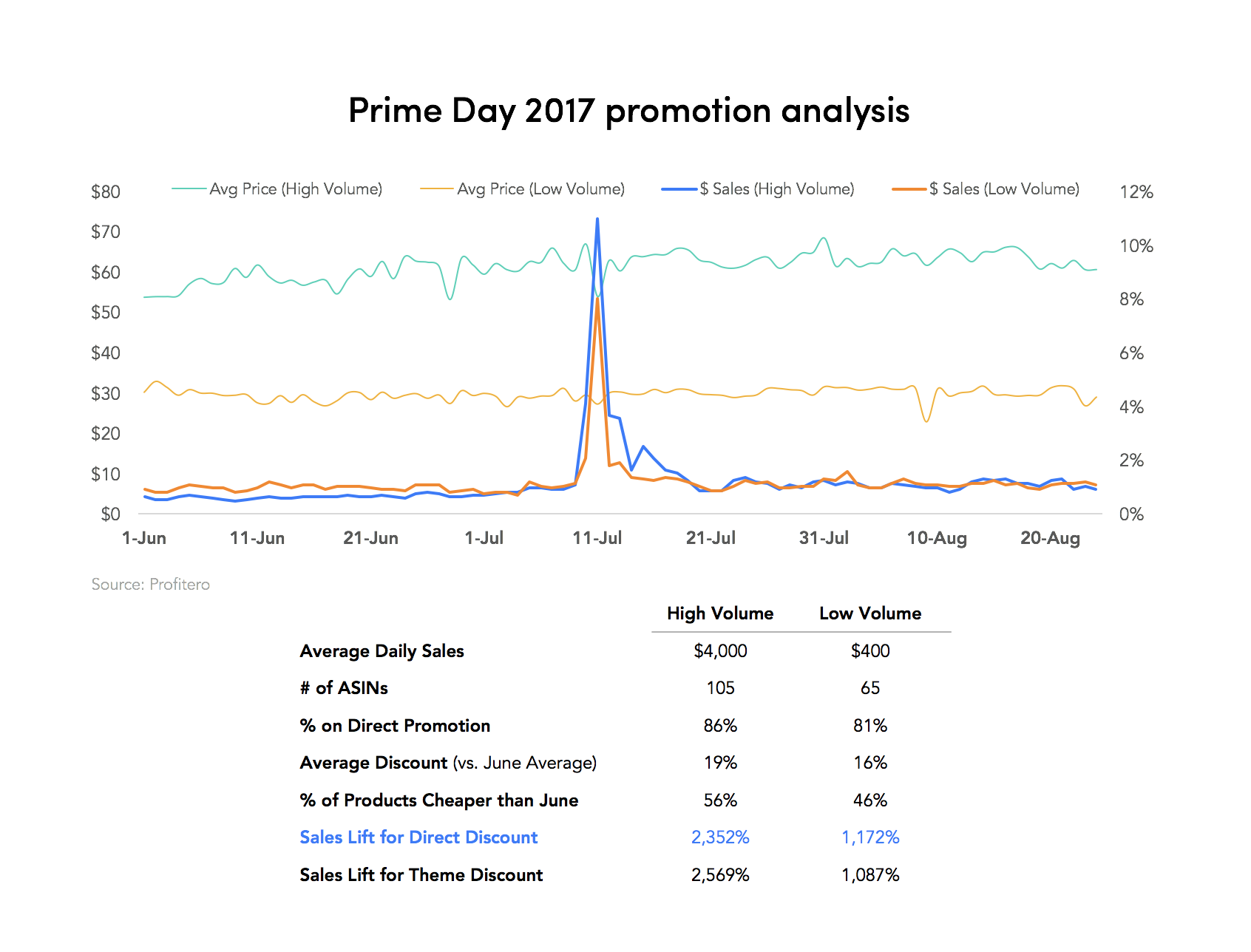
2. Discount rate doesn’t always correlate with sales lift
We found that the most common Prime Day discount rate (20-30%) actually saw the lowest sales lift: discounts between 10-20% resulted in greater sales than items in both the 20-30% and 30-40% discount bracket.
Don’t be discouraged from offering a lower discount, especially if you have higher price points.
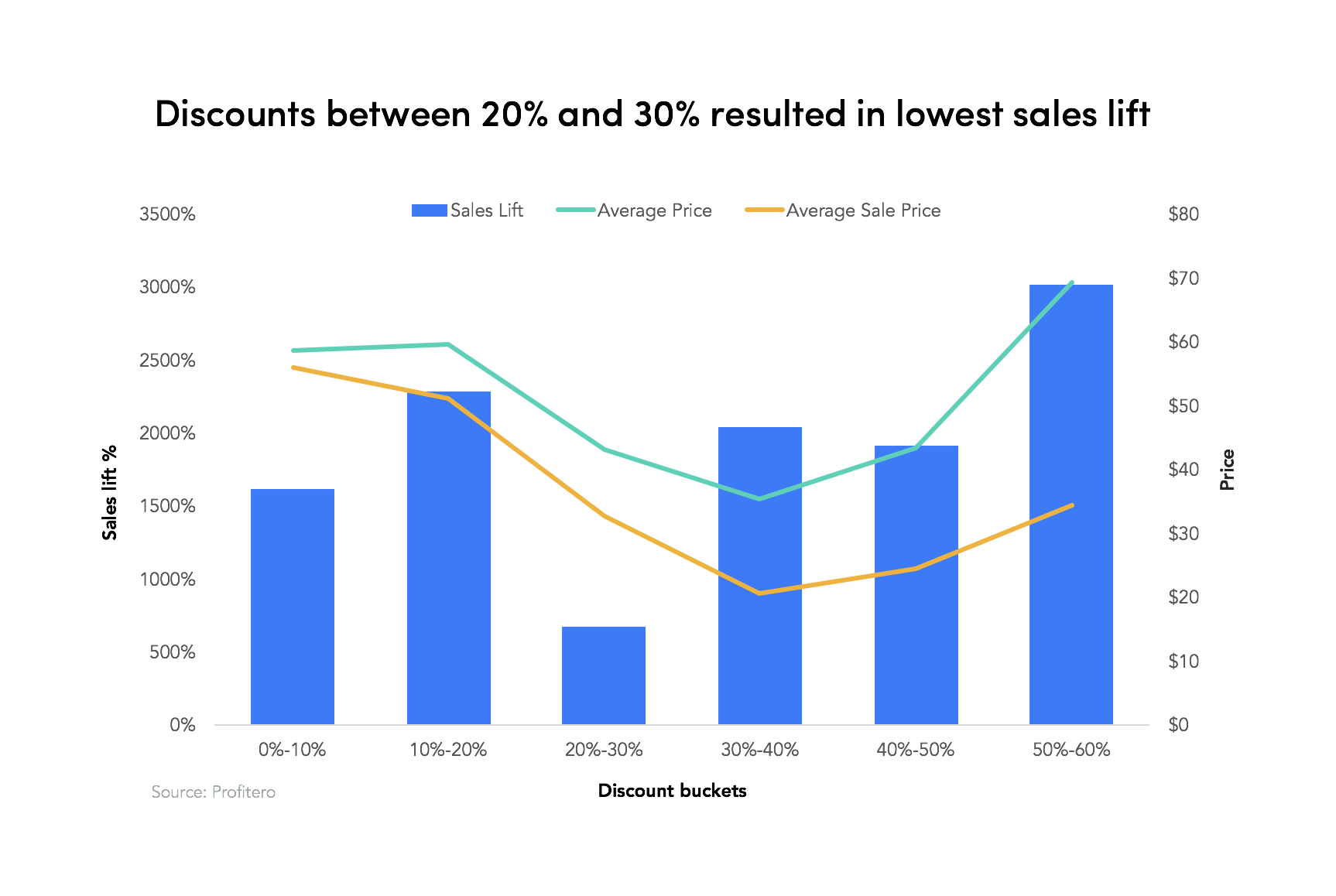
3. Successful promotions are not a guarantee for placement improvement
Make sure you’re not relying on promotions like Prime Day as a substitute for organic SEO: Prime Day can have a short-term impact on search ranking but not a sustained ranking over time.
We found products that improved search rank during Prime Day 2017 maintained a modestly improved ranking in August compared to June, however the size of the discount or sales lift was not shown to correlate with improved search rank.
(Check out our eBook to find out how to drive sustained improvement in search position instead).
4. Consider experimenting with an Alexa promotion
Our analysis reveals that some products actually sold more in the days leading up to Prime Day than on Prime Day itself (with Amazon pushing Alexa-only deals on July 5 before releasing to all Prime members on July 10).
Consider experimenting with an Alexa promotion during this year’s event. It’s also a good opportunity to start getting your product content and titles ready for voice. Read our voice guide for help getting started.
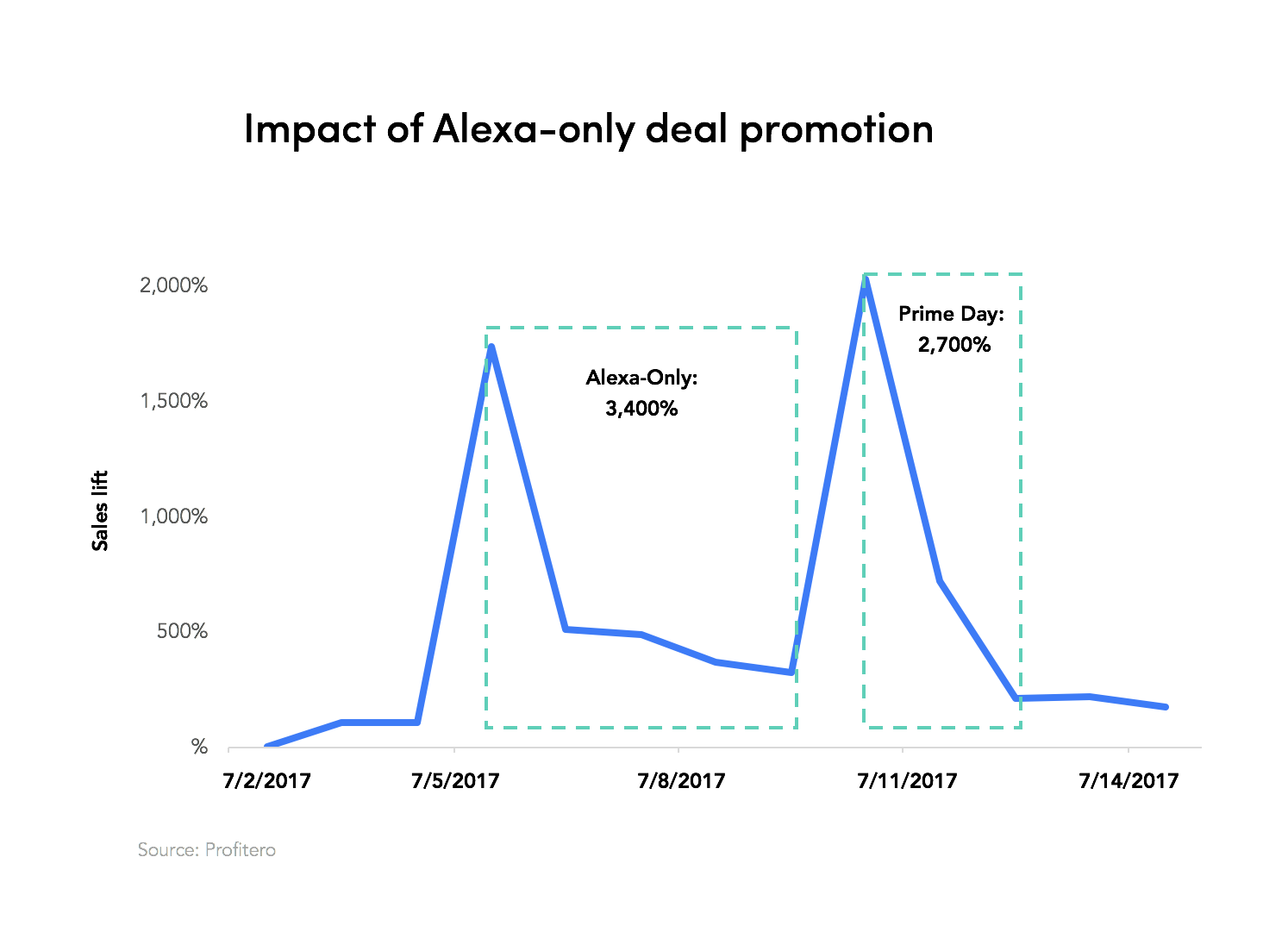
5. Timing new product releases around Prime Day may be a successful strategy for gaining ratings, reviews and sales momentum
If you’re launching a new product in May or June, they may well be good candidates to consider including in your Prime Day promotions.
We found that products featured on Prime Day received 100% more new reviews post-Prime Day than non-featured products. And products with fewer than 100 reviews prior to July 11 received 200% more new reviews.
Equally, we saw sales continue to benefit post-Prime Day: average daily sales increased by 77% following Prime Day and total sales in August 2017 were 68% higher than in June.
Do you have an analytics program in place to track your performance during Prime Day?
If not, Profitero can set up a Prime Day monitoring program in a matter of weeks so you don’t miss sight of what’s happening. Find out more about our Amazon Analytics 30 Day Free Trial today.


























